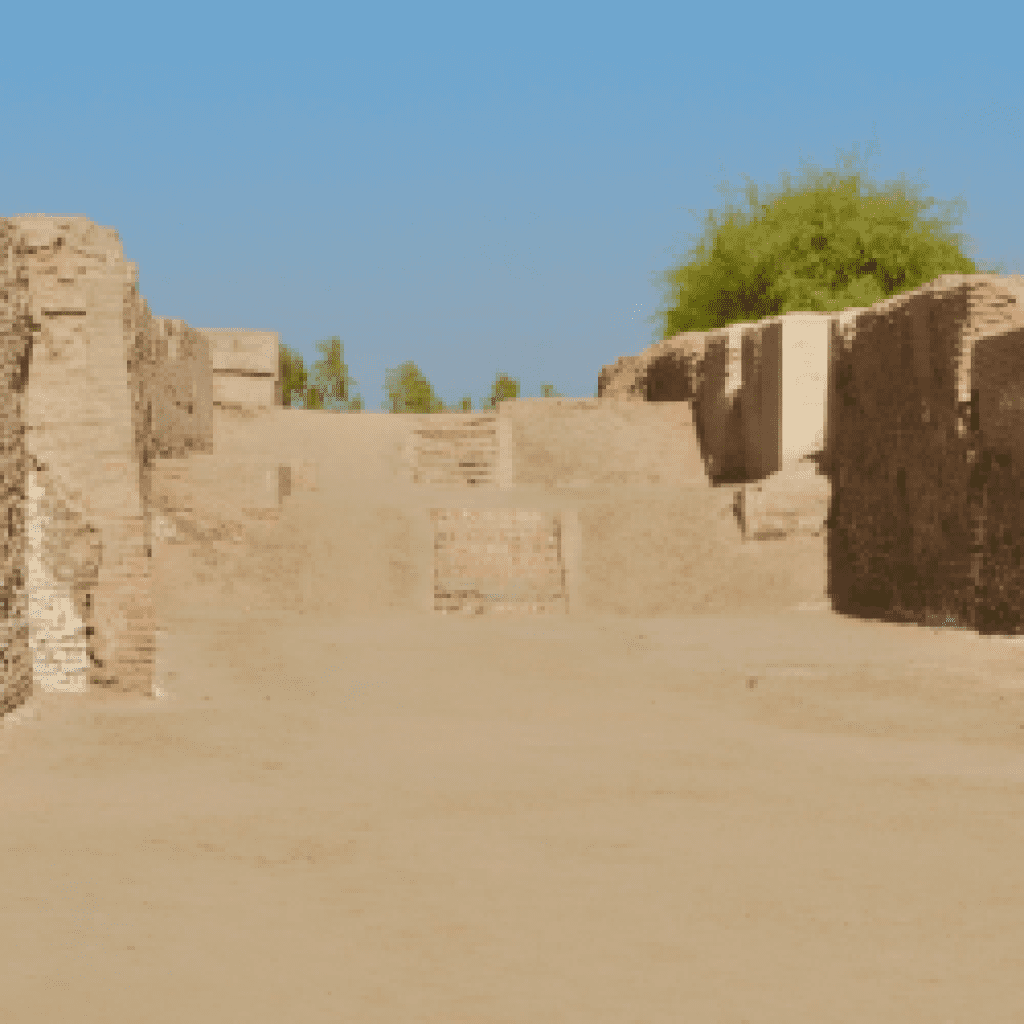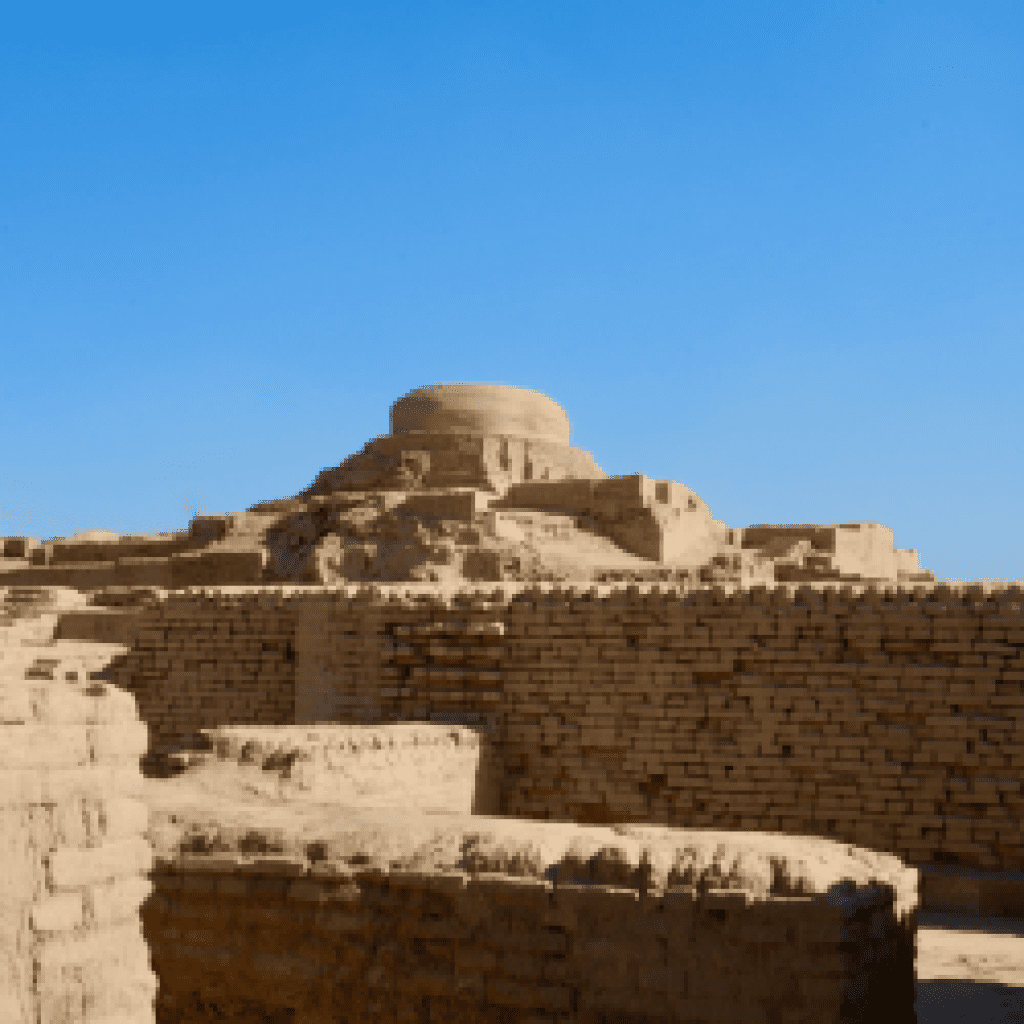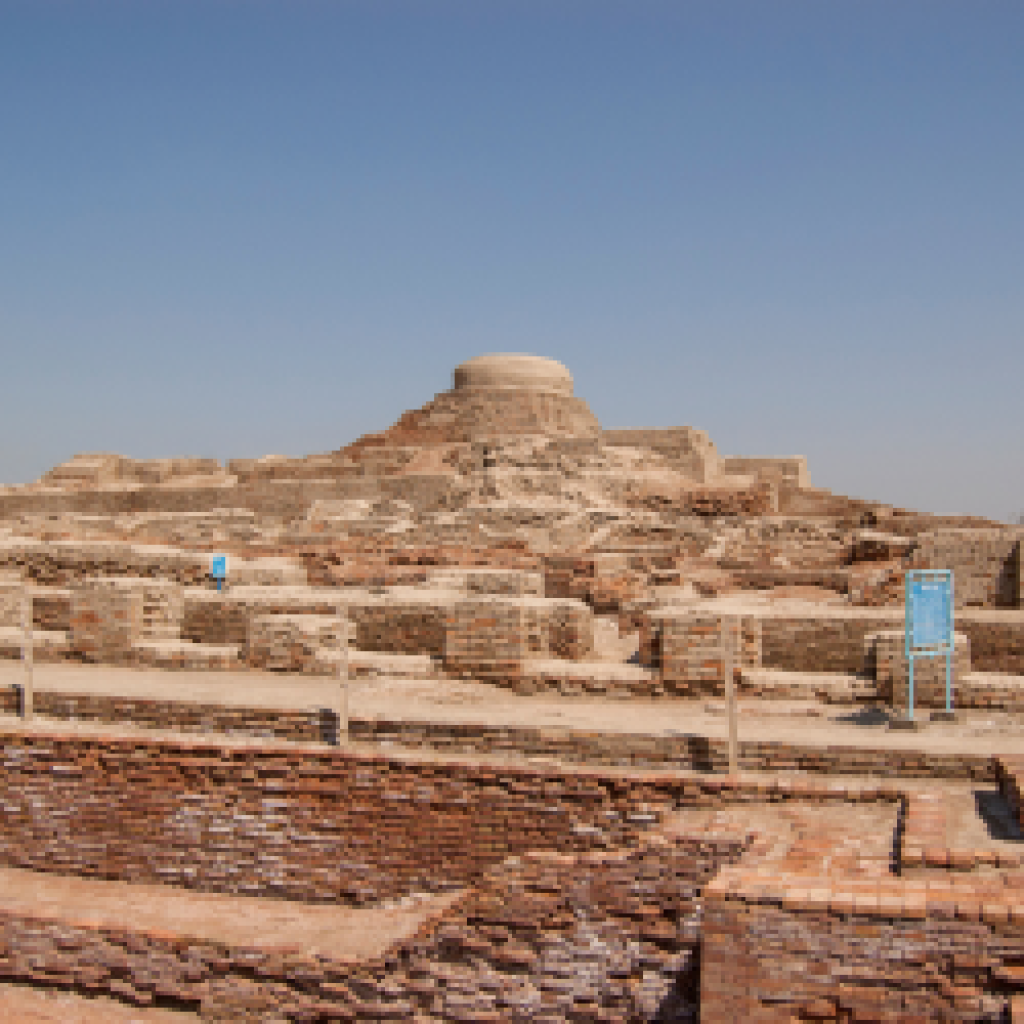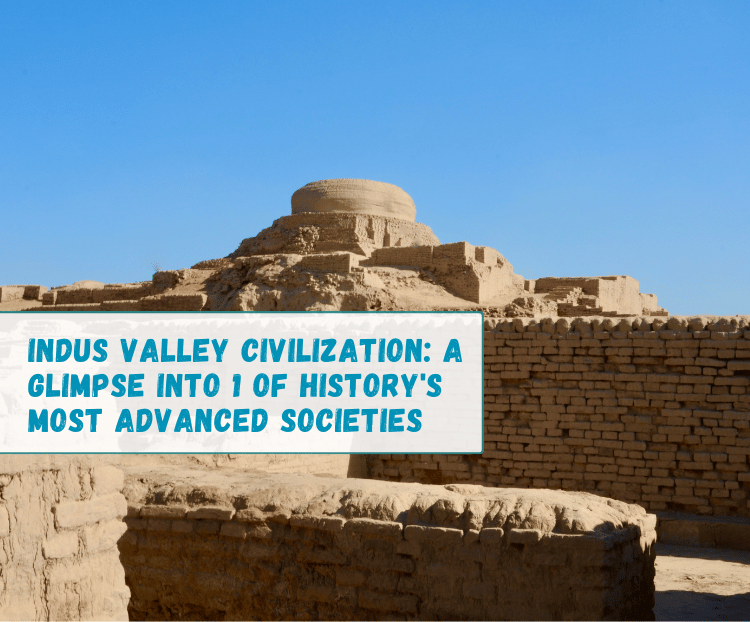Explore the enigmatic ruins of Mohenjo-Daro in Pakistan, a UNESCO World Heritage Site that offers a window into the Indus Valley Civilization. Uncover the secrets of this ancient city, its urban planning, and cultural heritage in this comprehensive blog.
Table of Contents
Introduction
Mohenjo-Daro, located in the Sindh province of Pakistan, is a UNESCO World Heritage Site that stands as a testament to the rich history of the subcontinent. Its name translates to “Mound of the Dead” in Sindhi, which is quite appropriate given its ancient origins dating back to the third millennium BCE. In this blog, we’ll take you on a journey through time to explore the intriguing remnants of Mohenjo-Daro, its urban planning, and the Indus Valley Civilization.



Understanding the Indus Valley Civilization
Before delving into the specifics of Mohenjo-Daro, it’s crucial to understand its context within the Indus Valley Civilization. This ancient civilization, which rivaled Mesopotamia and Egypt, thrived around 2500 BCE. It extended across the northwestern regions of the Indian subcontinent, comprising modern-day Pakistan and northwest India. The civilization’s urban centers, including Mohenjo-Daro, showcased remarkable advancements in architecture, art, and governance.
Mohenjo-Daro: An Overview
Mohenjo-Daro, one of the main cities of the Indus Valley Civilization, is located in the Larkana district of Sindh, Pakistan. It covers an area of around 250 acres and is believed to have housed a population of around 40,000 inhabitants at its peak. The city’s layout, infrastructure, and artifacts reveal its advanced urban planning and cultural significance.
Urban Planning
One of the most intriguing aspects of Mohenjo-Daro is its urban planning. The city was built with precise streets laid out in a grid pattern, and its buildings were constructed using standardized bricks. The streets were well-drained, and the city boasted a sophisticated sewage and sanitation system, a testament to the advanced engineering skills of its inhabitants.
Archaeologists have also discovered a citadel in the site, believed to have been the administrative and religious center of the city. The Great Bath, a remarkable water tank made of finely fitted bricks, is another fascinating structure, thought to have had ritualistic significance.
Art and Culture
The artifacts found in Mohenjo-Daro offer a glimpse into the daily life, art, and culture of the Indus Valley Civilization. The city was adorned with intricately designed pottery, jewelry, and sculptures. The famous “Dancing Girl” and the “Priest-King” statues are prime examples of the civilization’s artistic prowess.
The Indus script, which is yet to be fully deciphered, was used for inscriptions and seals. These seals, featuring various motifs and animals, were used for trade and governance, highlighting the organized system that existed within the civilization.
Decline and Mystery
Mohenjo-Daro, like the Indus Valley Civilization itself, declined around 1900 BCE. The reasons for its decline remain a subject of debate among historians and archaeologists. Theories range from natural disasters, such as flooding and earthquakes, to possible invasions or shifts in trade routes. The exact cause is still shrouded in mystery.
Visiting Mohenjo-Daro – 4 Important Things to Keep in Mind
Mohenjo-Daro is a site that truly transports you back in time. Visiting this UNESCO World Heritage Site is an incredible experience, but there are some important things to keep in mind:
- Location and Accessibility: Mohenjo-Daro is situated in a remote area of Sindh, Pakistan. It can be reached by road from major cities like Karachi, Hyderabad, and Sukkur. Be prepared for a long journey and make sure to check the latest travel advisories.
- Climate: The region can be scorching during the summer months, so plan your visit during the cooler seasons.
- Guided Tours: It’s highly recommended to take a guided tour to fully appreciate the historical significance of the site and gain insights from knowledgeable guides.
- Respect and Preservation: Remember that Mohenjo-Daro is a precious archaeological site, so be respectful of the artifacts and the environment. Do not touch or disturb any artifacts, and follow the site’s rules and regulations.
Conclusion
Mohenjo-Daro, Pakistan, is a captivating window into the Indus Valley Civilization, a civilization that existed thousands of years ago and left an indelible mark on history. Its urban planning, art, and culture continue to amaze and mystify archaeologists and history enthusiasts. Visiting Mohenjo-Daro is like taking a journey back in time, and it’s a must-visit destination for anyone interested in unraveling the mysteries of our ancient past.
Intrigued by the history of Mohenjo-Daro? Plan your with ‘Gypsy Traces & Tours” to uncover more about this enigmatic city and the fascinating Indus Valley Civilization.



0 Comment